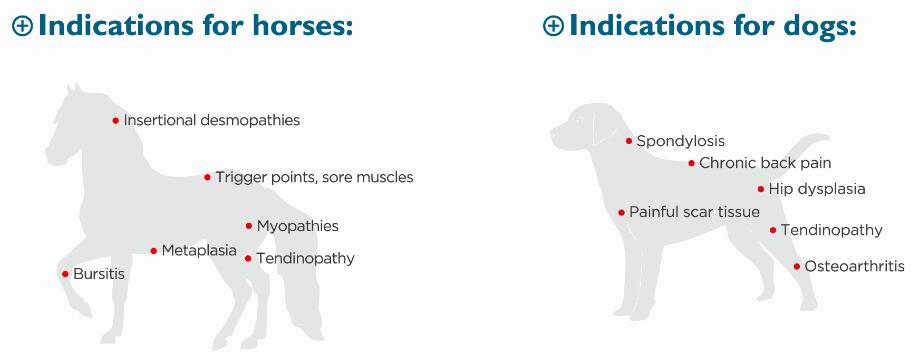Understanding PET Scan False Positives: Causes, Implications, and How to Mitigate Them
#### PET Scan False PositivePET (Positron Emission Tomography) scans are invaluable diagnostic tools used in the medical field to visualize metabolic proces……
#### PET Scan False Positive
PET (Positron Emission Tomography) scans are invaluable diagnostic tools used in the medical field to visualize metabolic processes in the body. However, one of the significant challenges associated with PET scans is the occurrence of false positives. A PET scan false positive occurs when a scan indicates the presence of disease, such as cancer, when there is none. This can lead to unnecessary anxiety, additional testing, and sometimes invasive procedures for patients.
#### What Causes PET Scan False Positives?
There are several reasons why a PET scan may yield a false positive result. One of the primary causes is the uptake of the radioactive tracer used during the scan. Certain benign conditions, such as infections or inflammation, can cause increased metabolic activity that mimics cancerous growths. For instance, conditions like sarcoidosis or tuberculosis can present similar imaging characteristics to malignancies, leading to misinterpretation.
Additionally, physiological factors such as high levels of physical activity or recent surgery can also contribute to false positives. In some cases, the presence of certain medications or substances in the body may alter the way the tracer is absorbed, further complicating the interpretation of the scan.

#### Implications of False Positives
The implications of a PET scan false positive can be significant. Patients may undergo unnecessary biopsies, surgeries, or other invasive procedures to confirm or rule out cancer, which can pose additional risks and complications. Moreover, the emotional toll of receiving a cancer diagnosis—albeit erroneous—can lead to anxiety, depression, and a reduced quality of life.
Healthcare providers also face challenges when dealing with false positives. Misdiagnosis can lead to a loss of trust between patients and providers, and it may strain healthcare resources as additional tests are performed to clarify the initial findings.
#### How to Mitigate False Positives

To reduce the likelihood of false positives, healthcare professionals can employ several strategies. First, thorough patient history and clinical correlation are essential. Understanding the patient's medical background, including any recent infections or inflammatory conditions, can provide context for the scan results.
Additionally, advanced imaging techniques and the use of complementary diagnostic tools, such as MRI or CT scans, can help clarify ambiguous findings. In some cases, follow-up scans may be recommended after a certain period to monitor changes in the metabolic activity of the detected area.
Education is also crucial. Patients should be informed about the potential for false positives and the reasons behind them. This understanding can help alleviate anxiety and prepare patients for possible additional testing.
#### Conclusion

In conclusion, while PET scans are powerful diagnostic tools, the occurrence of PET scan false positives poses challenges that both patients and healthcare providers must navigate. By understanding the causes and implications of false positives, and by employing strategies to mitigate their occurrence, the medical community can enhance the accuracy of PET scans and improve patient outcomes. Awareness and education are key components in managing the complexities surrounding PET scan results, ultimately leading to more informed decisions and better care for patients.